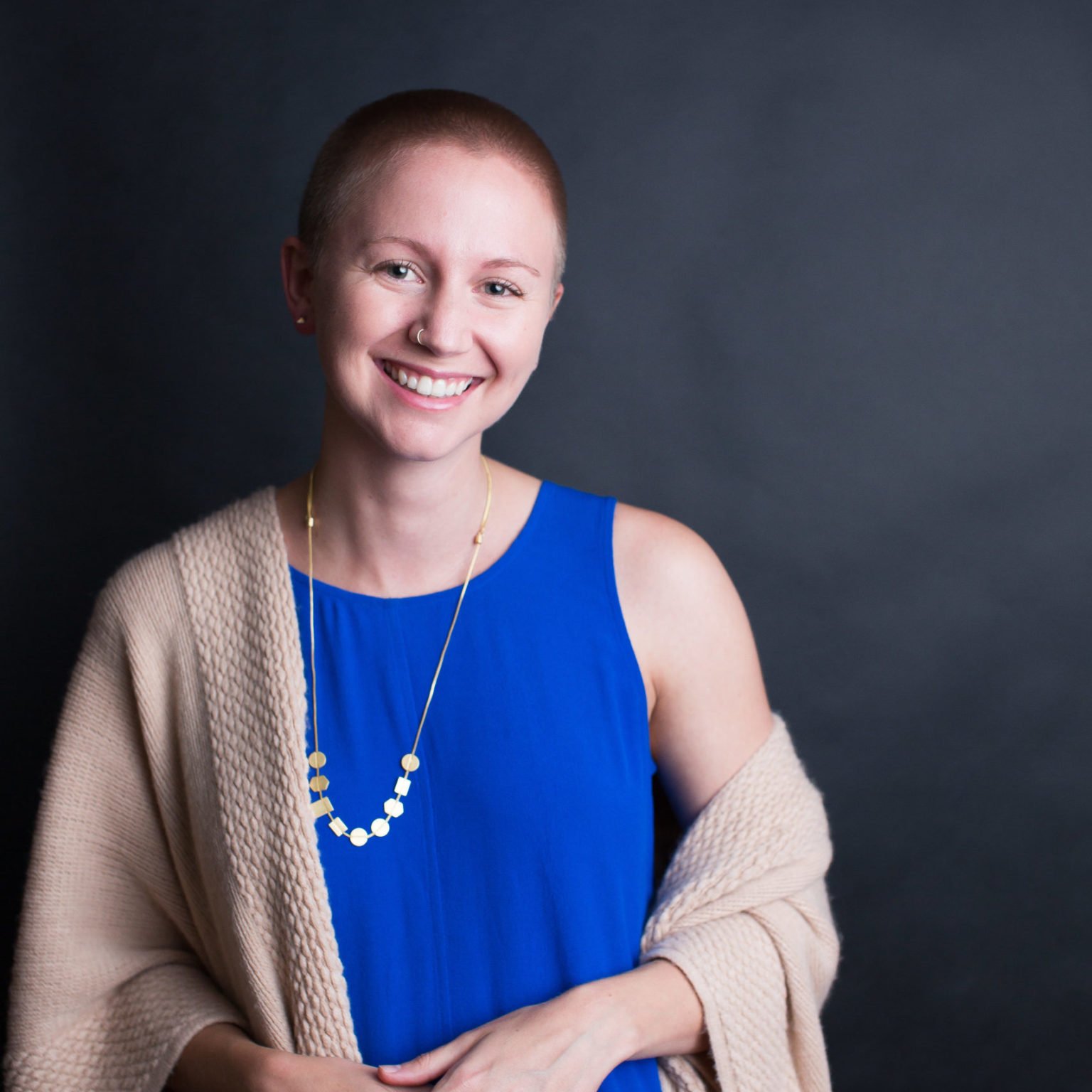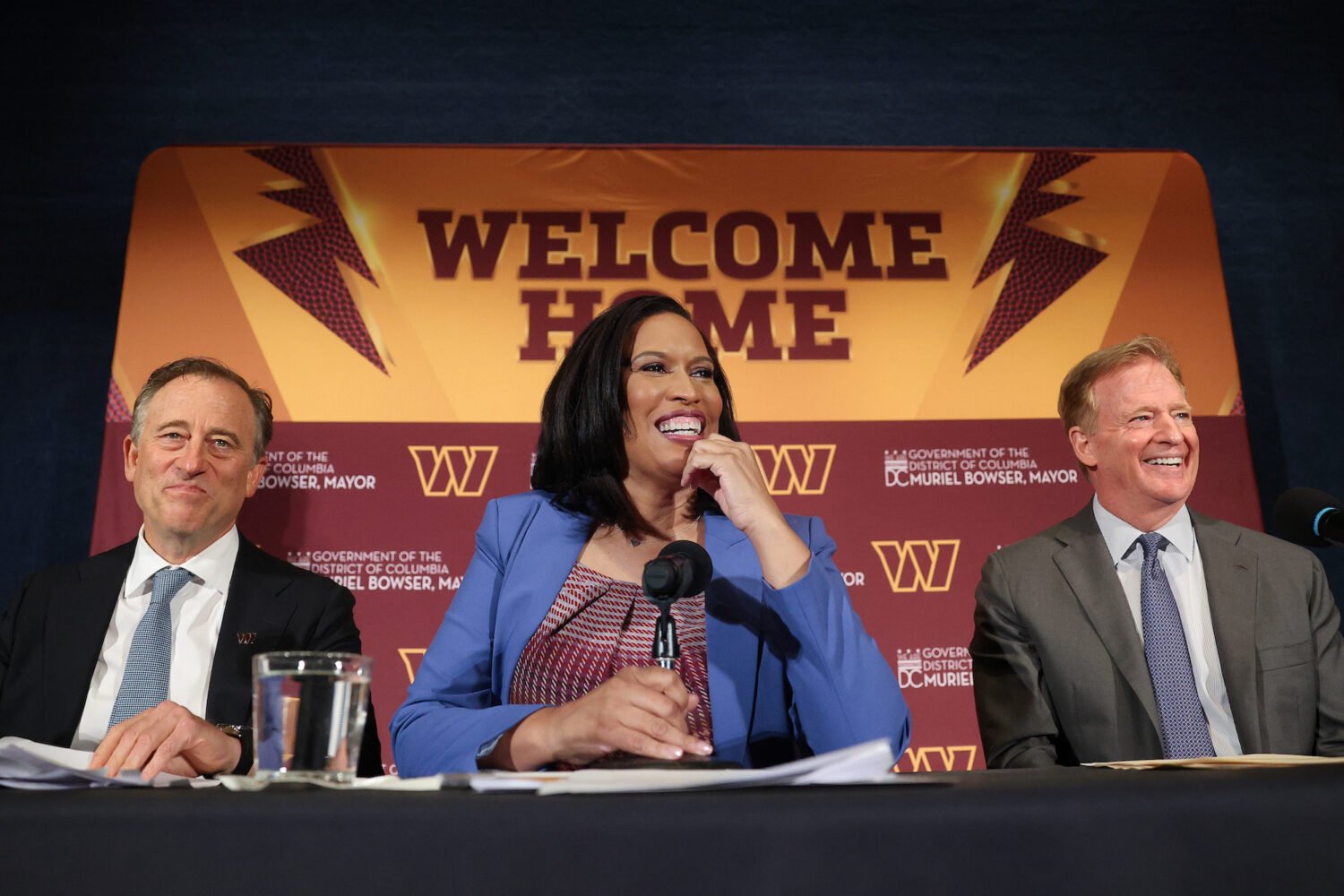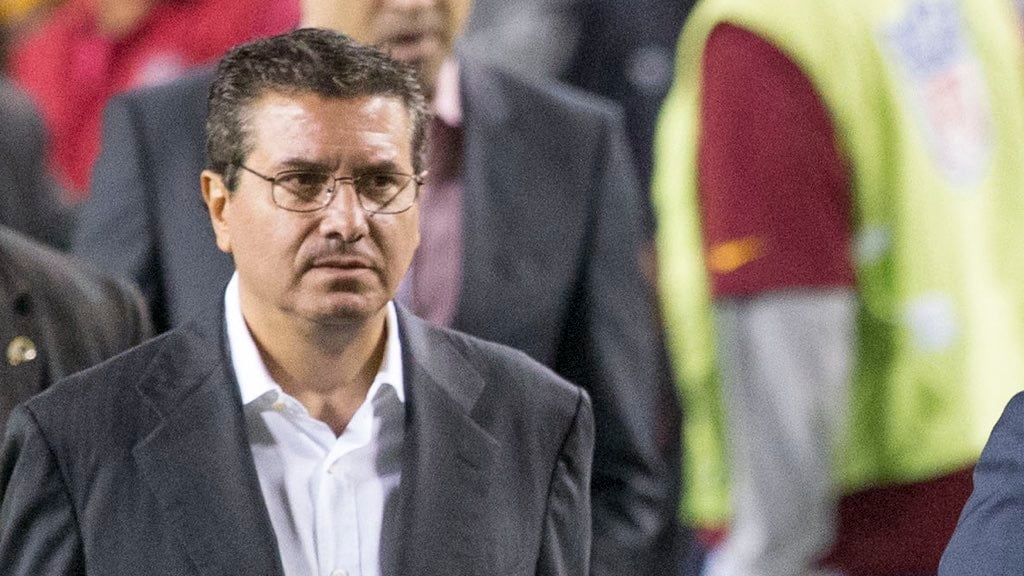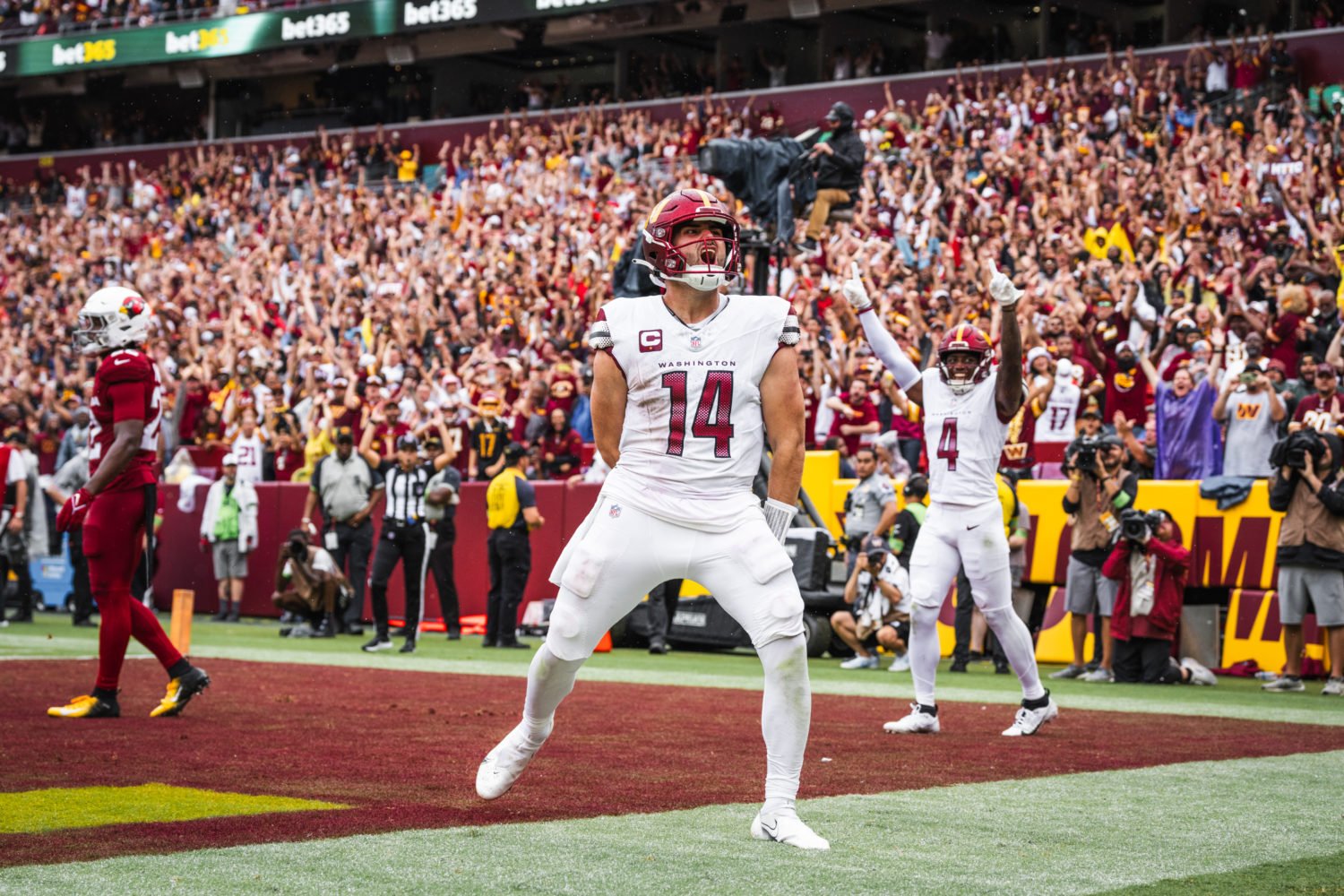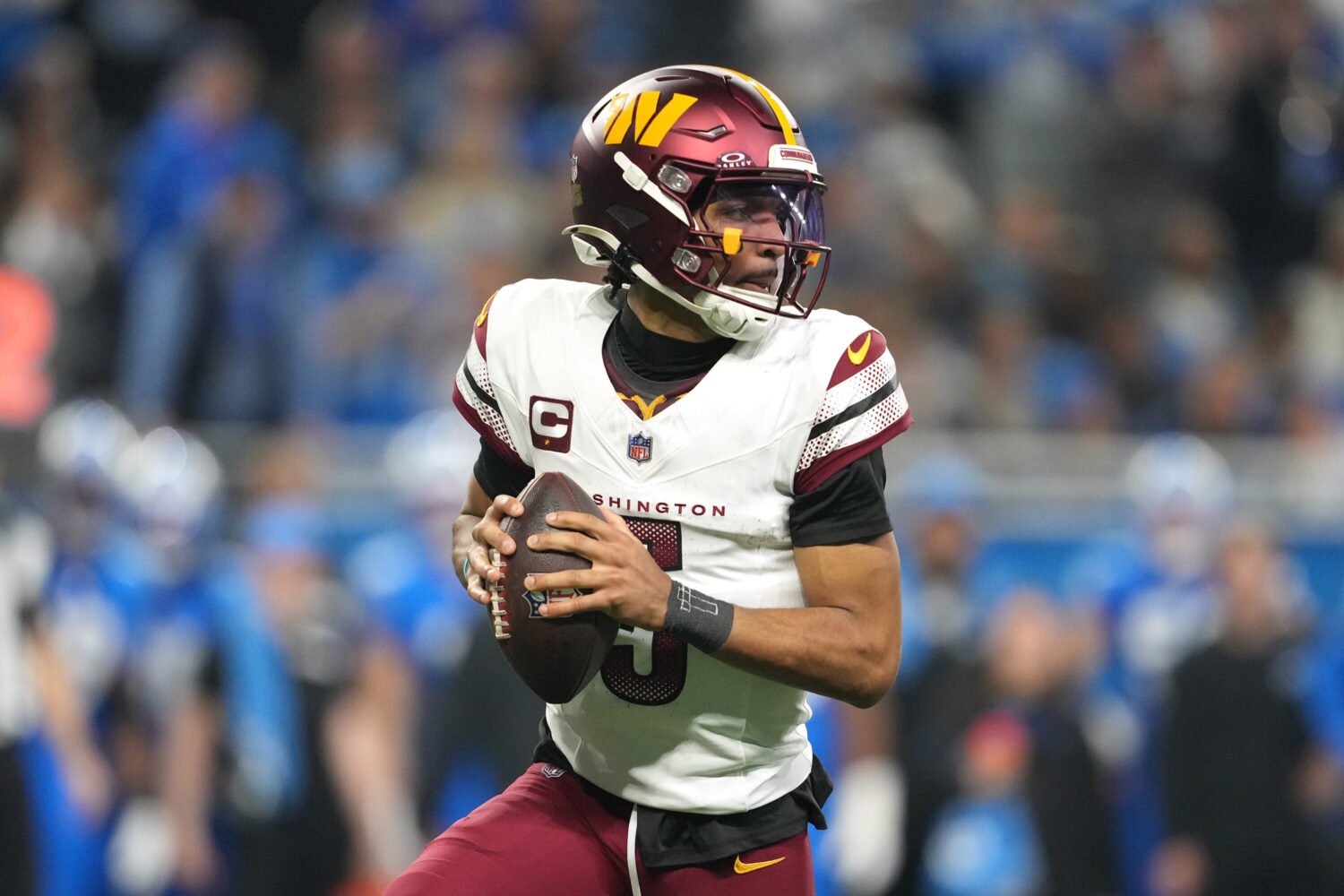The 1987 NFL players strike was one of the most chaotic periods in the league’s history. After the unionized players vowed to walk off mid-season unless the owners gave them unrestricted free agency, the teams started to cobble together “replacements” to fill their rosters. To the striking players and the fans, these guys were known as “scabs,” a derogatory term used to describe workers who cross the picket line.
For three weeks during the strike, the replacements played in a bizarro NFL stocked with former players, bartenders, and even an ex-con. Fans gave the rag-tag teams names like the Los Angeles Shams, the Chicago Spare Bears, and the Seattle Sea-Scabs. The Redskins became the Washington Scabskins.
Unlike a lot of the temporary teams, Washington’s was actually pretty good. The replacements would win three unlikely victories and pave the way for the team’s Super Bowl win later that season. Despite their success, the players mostly faded into obscurity.
Now, in the 30th anniversary year of that 1987 season, the Washington Redskins replacements are the focus of a new ESPN 30 for 30 documentary called Year of the Scab, playing at this year’s AFI Docs film festival. The film catches up with a group of Redskins replacements whose lives were forever changed by their three-week stint in the NFL—and not necessarily in a good way.
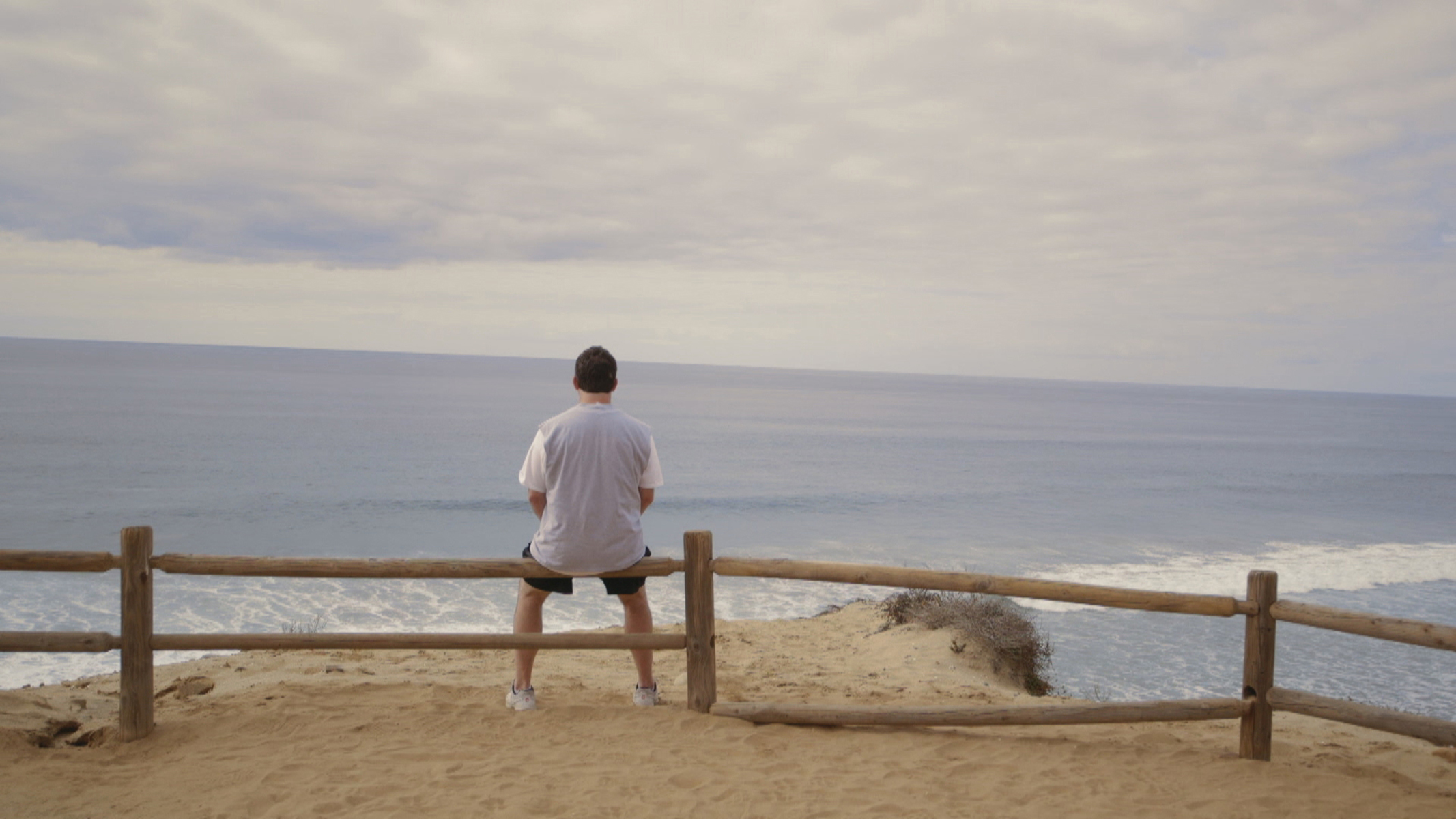
“We like to say that they thought they were getting the golden ticket and they ended up with the scarlet letter,” says director John Dorsey. “And it’s a brand that they’ve been living with and coming to terms with for 30 years now.” Dorsey says they’ve been conditioned by life not to bring up the experience because as soon as they do, people diminish it: “Oh, you were just a scab.”
At the heart of the film is the lack of recognition the group got for their underdog wins. By the third and final replacement game, a lot of regular players on other teams had broken the strike and put back on the roster. The Redskins were the only team to have no players cross the picket line, mostly due to then coach Joe Gibbs’s strategy of unity. He didn’t want any of his stars crossing over unless the entire team did it together.
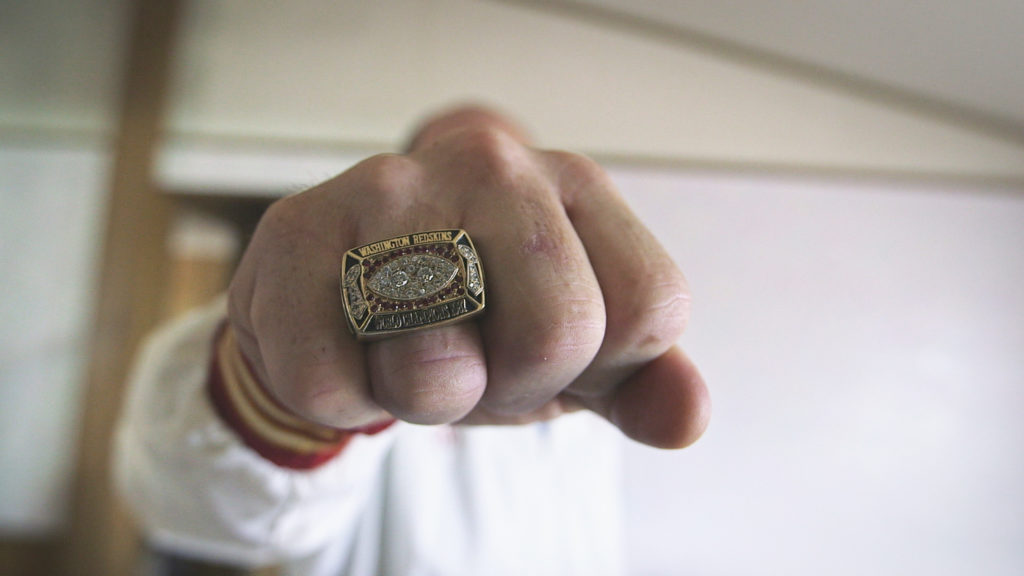
That strategy paid off. In their third game against the Dallas Cowboys, which was stacked with big-name regular players like Randy White and Tony Dorsett, the Redskins beat the Cowboys in a stunning upset. When the strike ended and the regular season resumed, that win would help the Redskins secure a Super Bowl victory. But in an ultimate burn, the owners decided not to give the replacements rings.
Dorsey considers that to be a “wrong that needs to be righted.”
“They were treated like second-class citizens when the games counted as much as any other game,” he says. It’s clear from the film that some of the replacements are still deeply hurt by that treatment. But they’ve all found a way to move on.
After Year of the Scab screens at AFI Docs, Dorsey hopes that the current Redskins organization will be inspired to step up to the plate and give the replacements long overdue recognition.
If they don’t, there’s still a more important lesson to glean according to Dorsey: “It’s that recognition is not what defines you.”


